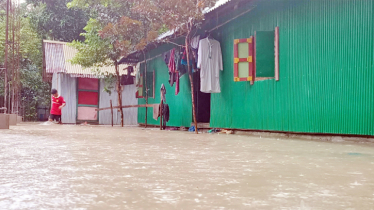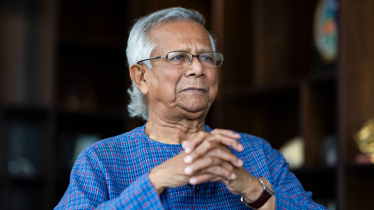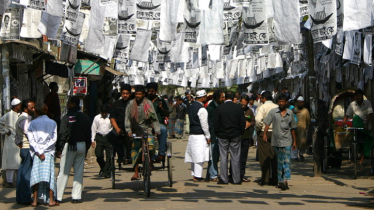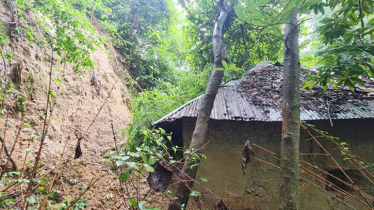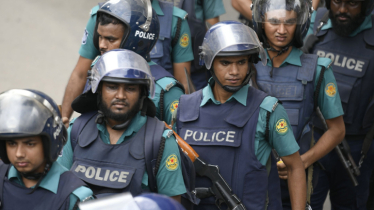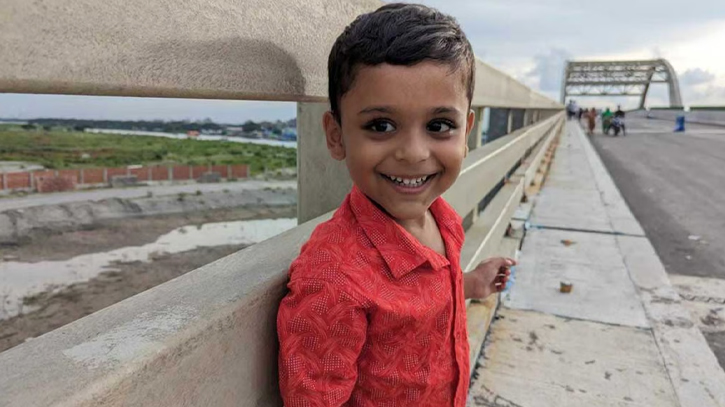
Photo : Collected
Examples of fatalities resulted by untreated conditions or incorrect medical interventions have become distressingly commonplace. Even in cases of deaths, the quest for answers persists ranging from unauthorised hospital practices to the exposure of fraudulent medical practitioners. The recent case of Ayan Ahmed, a 5-year-old who tragically lost his life, has thrust this issue into the spotlight once again.
On December 31, Ayan, a nursery student in a private school in the capital, underwent circumcision at the United Medical College Hospital in Satarkul of the capital. The procedure was conducted under general anesthesia. However, complications arose when Ayan failed to regain consciousness after several hours. He was later transferred to the United Hospital in Gulshan, where, after eight days on life support, doctors declared his death on Sunday (January 7). In response, Ayan’s father, Md. Shamim Ahmed, filed a case with Badda police station on January 9 – thereby improper treatment leading to his son’s death.
The High Court, taking cognisance of the matter, issued an order on Monday, directing a thorough investigation and mandating a compensation of Tk 5 crore for Ayan’s family. The court demanded a comprehensive report within seven days and instructed the submission of a list containing all government-approved and unapproved hospital clinics in the country within one month. The Directorate General of Health Services (DGHS) received a directive to ensure the implementation of these measures.
The recurring pattern of such incidents and subsequent inquiries has become a routine, but its efficacy in effecting real change is waning. The critical question looms large: Who is accountable for the premature death of a child due to medical negligence during a routine circumcision? While childhood circumcisions are common, the practice is not exclusive to specialied medical practitioners. In some areas, person known as ‘Hajam’ perform circumcisions without formal medical training, often with minimal complications.
The need for scrutiny extends beyond the primary medical practitioners involved in Ayan’s case. All personnel, including doctors, nurses, and support staff present during the operation, must undergo a thorough examination of their qualification certificates. Moreover, authorities responsible for overseeing medical facilities must be held accountable for permitting the operation of a hospital in the capital without proper authorization.
The recurrent nature of such incidents underscores the urgency of revisiting regulatory frameworks and ensuring that lapses in oversight are addressed promptly. It is imperative to identify the root causes of negligence, bring the culpable parties to justice, and implement robust measures to prevent future occurrences.
Messenger/Fardin


